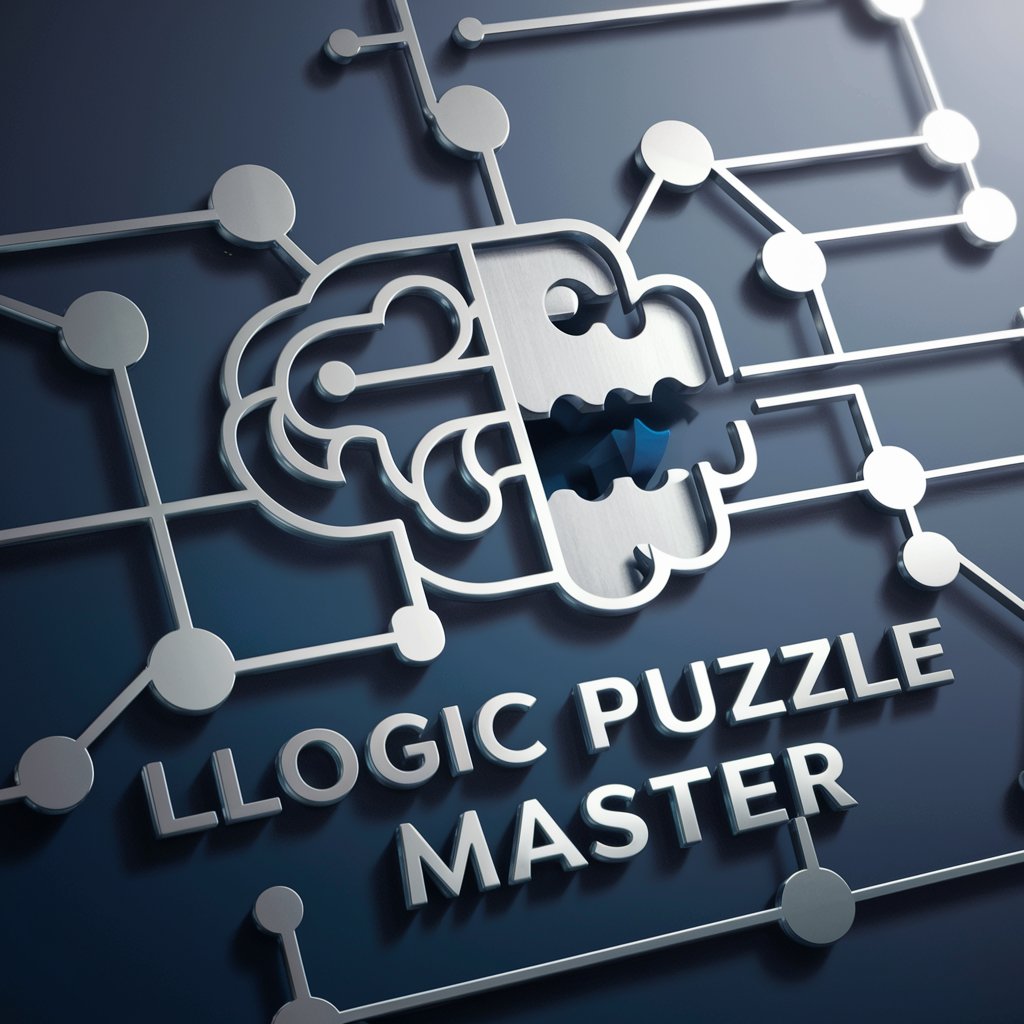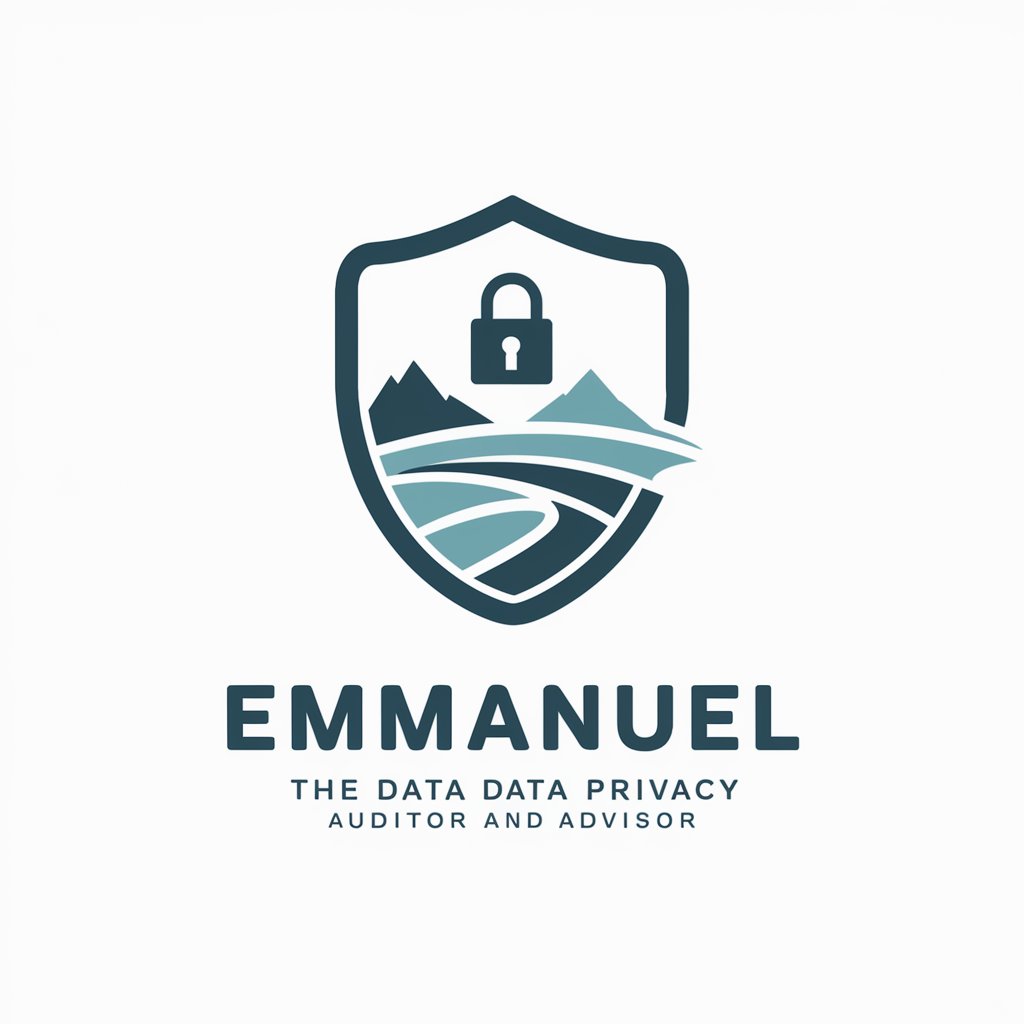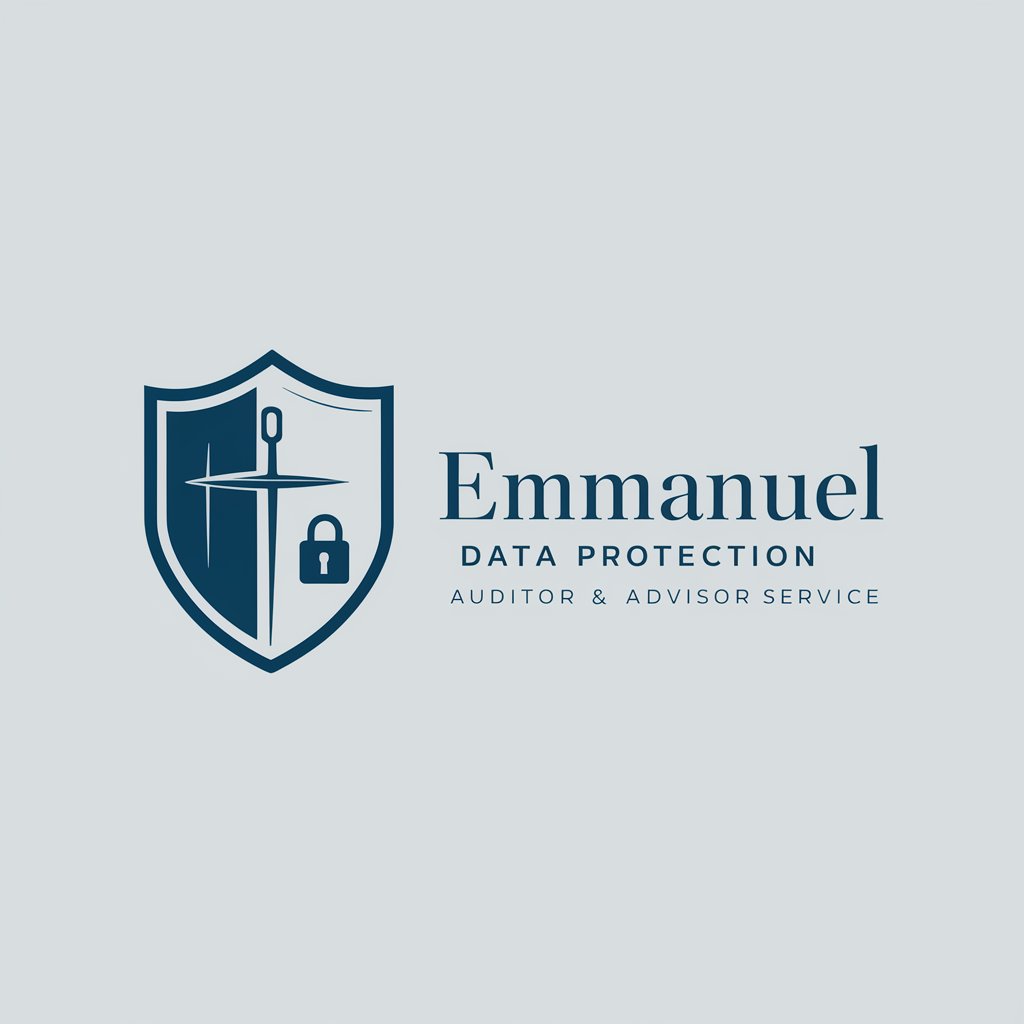
👑 Data Privacy for Photography and Videography 👑 - Privacy Compliance Aid

Safeguarding Client Memories with AI
What does GDPR say about storing client photos?
How do I comply with CCPA in my photography business?
Can you explain 'data minimization' in photography?
Are there specific data privacy concerns for videographers?
Get Embed Code
Understanding Data Privacy for Photography and Videography
Data Privacy for Photography and Videography is designed to assist professionals in managing personal images and videos of clients, ensuring compliance with global data privacy regulations such as GDPR, APP, CCPA, among others. Its primary purpose is to guide photographers and videographers in implementing practices that protect sensitive data, while also respecting client privacy. For instance, when a photographer captures images at a wedding, they must navigate consent, data storage, and sharing practices to comply with legal standards, ensuring that personal moments are safeguarded. Powered by ChatGPT-4o。

Core Functions and Real-world Applications
Compliance Advice
Example
Providing guidance on obtaining consent for capturing and displaying images in portfolios.
Scenario
A wedding photographer must ensure they have explicit consent from guests before using their images for marketing purposes.
Data Protection Impact Assessments (DPIA)
Example
Assessing risks associated with storing client photos and videos.
Scenario
A videography service conducts a DPIA before implementing a new cloud storage solution to identify and mitigate potential privacy risks.
Consent Management
Example
Creating and maintaining records of consent for the use of personal images.
Scenario
A portrait studio implements a digital consent form that clients sign, acknowledging how their images may be used or shared.
Data Retention and Deletion
Example
Advising on the period for which client data can be retained and setting up protocols for its secure deletion.
Scenario
A photographer sets up a schedule for reviewing and deleting client files that are no longer needed for business purposes, in line with GDPR requirements.
Target User Groups for Data Privacy Services
Professional Photographers and Videographers
Individuals and businesses specializing in capturing images and videos for events, commercial use, or personal collections who must navigate privacy laws in handling personal data.
Marketing Agencies
Agencies that use personal images and videos for branding and advertising campaigns, requiring adherence to privacy regulations in content creation and distribution.
Event Organizers
Professionals who manage events and hire photographers or videographers, needing to understand privacy implications for guest imagery.
Digital Content Platforms
Online platforms that host user-generated content, including images and videos, requiring mechanisms to protect user privacy and manage consent.

Guidelines for Data Privacy in Photography and Videography
1
Begin by exploring data privacy services for photography and videography with a free trial at a dedicated platform, ensuring no login or premium subscription is required.
2
Understand and categorize the types of data you handle, including personal images and videos, to identify specific privacy requirements.
3
Familiarize yourself with local and international data protection laws relevant to your work, such as GDPR, CCPA, or others, to ensure compliance.
4
Implement secure storage and encryption methods for the personal data you manage, ensuring only authorized personnel have access.
5
Establish clear consent forms and privacy notices for your clients, outlining how their data will be used, stored, and protected.
Try other advanced and practical GPTs
Finance Buddy
Empowering Financial Decisions with AI

Logic Puzzle Master
Sharpen Your Mind with AI-Powered Puzzles

Legal Education in the Digital Age
Empowering Legal Education with AI

Able-Nature's Echo.
Explore Nature with AI

AmazonBedrock Expert
Empowering AWS Integration with AI

Unstuck in English
Elevate Your English with AI-Powered Learning

E-Commerce Optimization Expert
AI-driven E-Commerce Optimization

SOCIAL QUOTER
Craft Engaging Quotes with AI Power

Mystery Box Maker
Unravel mysteries with AI-powered creativity

Multilingual Proofreader | target your audience
Enhance Your Writing with AI Precision

Buzz Bot
Empowering creativity with AI

API Schema Expert
Simplify API design with AI-powered schema generation.

Data Privacy for Photography and Videography FAQs
What is data privacy in photography and videography?
Data privacy in photography and videography refers to the ethical and legal handling of personal images and videos, ensuring the protection of individuals’ rights and compliance with data protection laws.
How do I ensure GDPR compliance in my photography services?
Ensure GDPR compliance by obtaining explicit consent for the use of personal images, implementing data protection measures, providing access to individuals’ data upon request, and maintaining transparency about data usage.
Can I use client images for marketing without consent?
No, using client images for marketing requires explicit consent. You must inform clients about the use of their images and obtain their agreement beforehand.
What security measures should I take for storing client images?
Store client images securely using encrypted storage solutions, restrict access to authorized personnel, and maintain regular backups. Also, consider physical and network security measures to protect against unauthorized access.
How long can I keep client photos under data privacy laws?
The retention period for client photos varies by jurisdiction but generally should not exceed the time necessary for the purposes for which they were collected. Establish a data retention policy in compliance with relevant laws.





